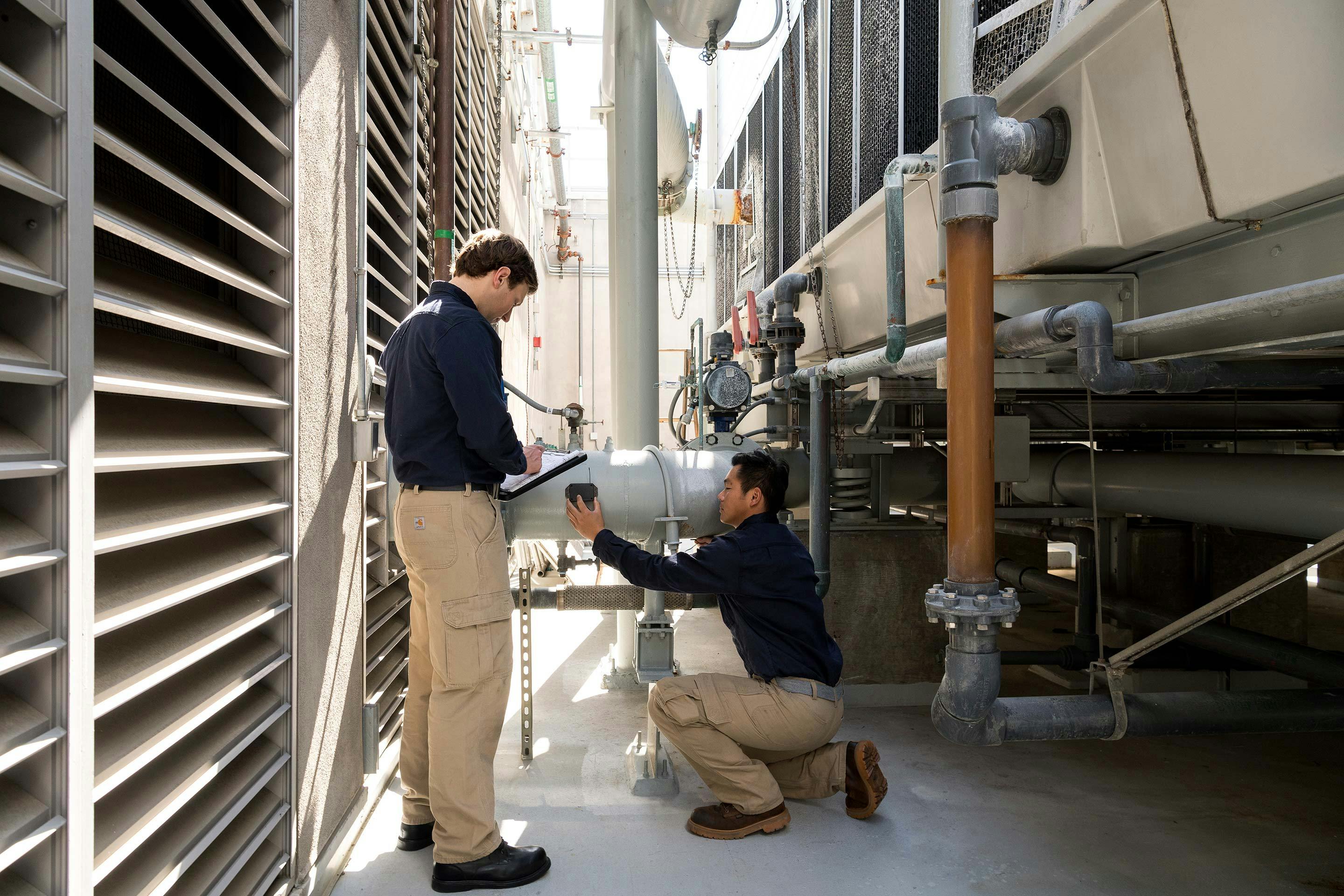After retrofitting over 500 buildings in 16 states with their data-driven energy reduction optimizations, Carbon Lighthouse is achieving 20 to 30 percent utility bill reductions for clients—even in locations already built for efficiency.
One of their main clients is Tesla Motors. The electric automaker’s headquarters, home to its core engineering team and where batteries and power trains are tested, is a hypermodern facility designed along energy-saving principles. But Carbon Lighthouse was able to reduce annual utility costs by over $90,000—the equivalent of 30 Tesla battery packs—and cut carbon emissions by over 100 tons per year.
Carbon Lighthouse uses artificial intelligence and sensors to provide ongoing monitoring of a building’s energy use and wastage. According to CEO Brenden Millstein, the majority of the savings and reductions provided comes from the ongoing optimization that is constantly taking place via sensors and cloud-driven software. “Think of it as getting your car tuned up, but [done] automatically and every five minutes,” he told Greentech Media.
Carbon Lighthouse concentrates on where the existing system is losing energy. This is why its team was able to make substantial improvements at Tesla. The system works just as well in older structures. One of Carbon Lighthouse’s earliest clients was the 100-year-old Flood Building in downtown
San Francisco, a 300,000- square-foot (30,000-square-m) historic landmark that holds several giant retailers. According to owner Jim Flood, the retrofit of the building significantly reduced its carbon footprint and passed on substantial savings to the retail tenants. All of this without doing any real physical changes to the structure itself.










